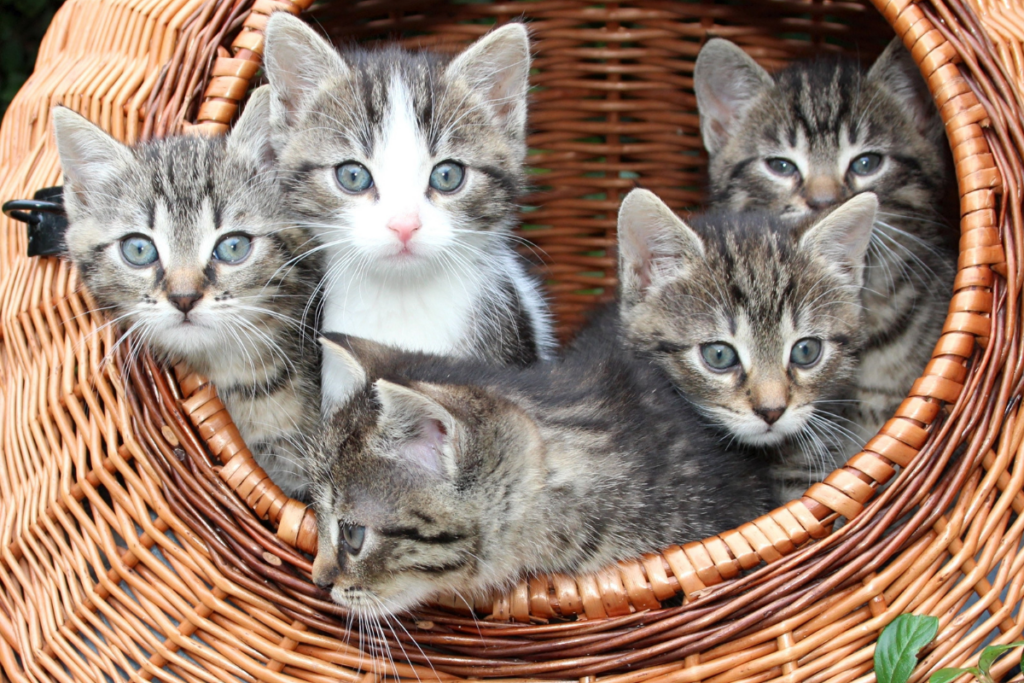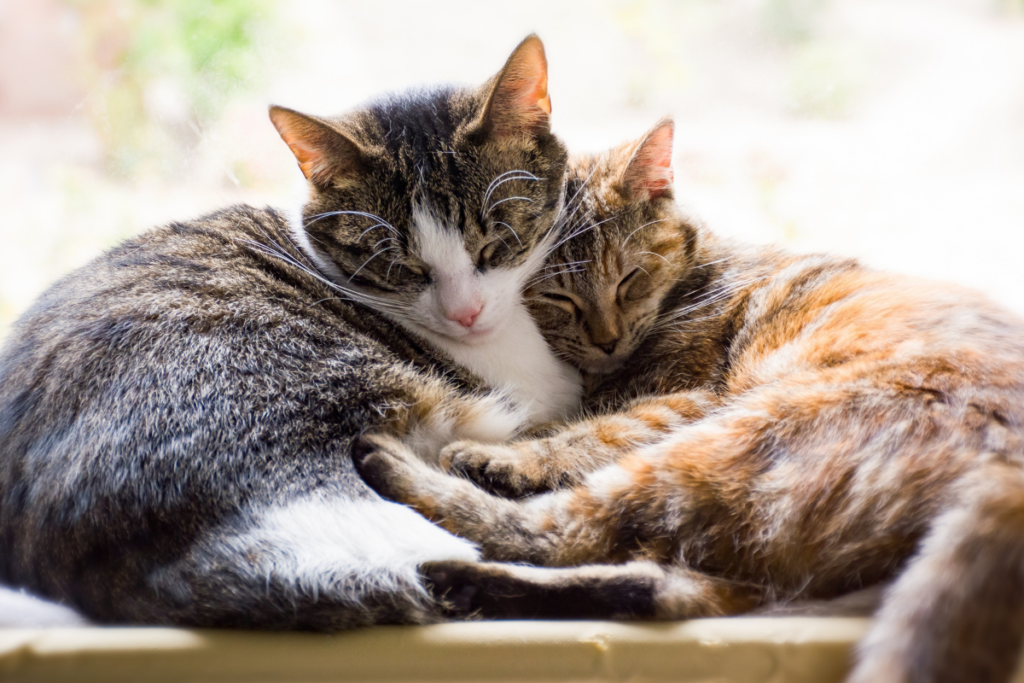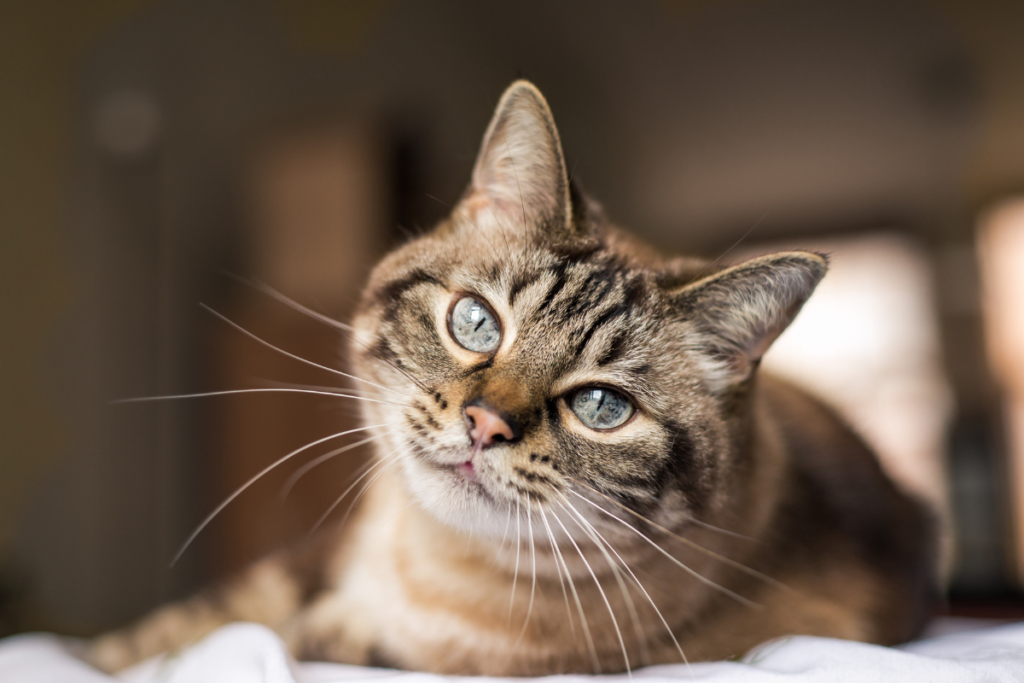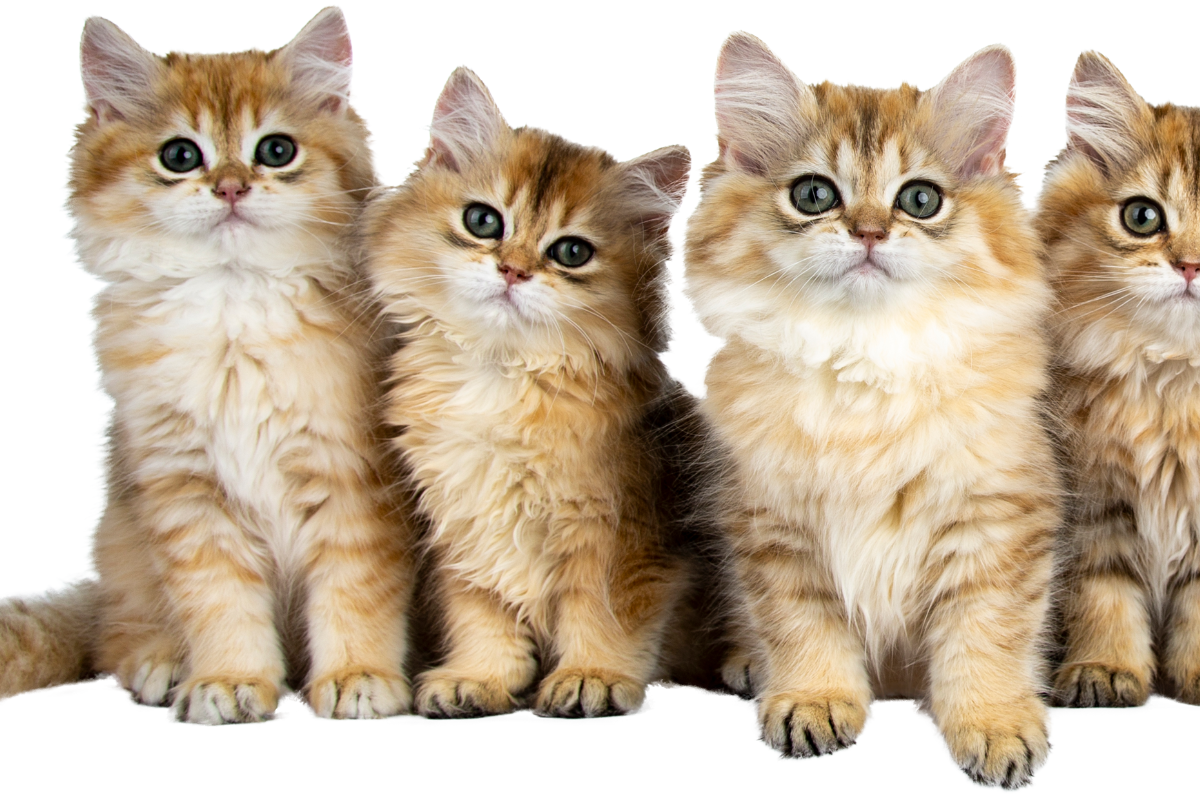The British Shorthair is one of the oldest and most cherished cat breeds, known for its charming appearance, amiable temperament, and rich history.
With a distinct look and a personality to match, the British Shorthair has cemented its place in the hearts of cat lovers worldwide.
This article delves into the breed’s origins, physical characteristics, temperament, care requirements, and why it continues to be a popular choice for pet owners.
Origins and History

The British Shorthair’s history can be traced back to ancient Rome.
Roman invaders brought cats to Britain to control the rodent population.
These cats interbred with local wildcats, resulting in a robust and hardy feline population.
Over centuries, these cats adapted to the British climate, developing thick coats and a sturdy build.
The modern British Shorthair began to take shape in the late 19th century.
Harrison Weir, known as the “Father of the Cat Fancy,” played a pivotal role in developing the breed standard.
He organized the first cat show in 1871 at the Crystal Palace in London, where the British Shorthair was showcased and admired for its distinctive features and gentle disposition.
The breed faced challenges during the World Wars, with numbers dwindling significantly.
However, dedicated breeders worked tirelessly to revive the British Shorthair, often outcrossing with other breeds like the Persian to enhance their physical traits.
Today, the British Shorthair is a recognized and beloved breed worldwide, known for its round face, dense coat, and stocky build.
Physical Characteristics

The British Shorthair is instantly recognizable due to its unique appearance.
It is a medium to large-sized cat with a powerful, muscular build.
One of the breed’s most distinguishing features is its round face with full cheeks, giving it an endearing, almost teddy bear-like expression.
The eyes are large, round, and typically copper or gold, although some color variations exist.
The breed’s ears are small to medium in size, with rounded tips, set wide apart on the head.
The nose is short and broad, and the chin is firm, contributing to the cat’s strong, balanced profile.
The legs are short and sturdy, with round paws, and the tail is thick with a rounded tip.
The British Shorthair’s coat is another hallmark feature.
It is short, dense, and plush, with a texture often described as crisp.
The coat comes in a wide array of colors and patterns, the most iconic being the “British Blue” — a solid blue-grey coat that is particularly popular.
Other colors include black, white, red, cream, and a variety of patterns like tabby, tortoiseshell, and bicolor.
Temperament and Personality

The British Shorthair is renowned for its easygoing and placid nature.
These cats are affectionate without being overly demanding, making them ideal companions for a wide range of households.
They are known to form strong bonds with their owners but are typically not as clingy or attention-seeking as some other breeds.
British Shorthairs are calm and collected, often described as “gentle giants.”
They enjoy the company of their human family and other pets but are also content to spend time alone.
This independent streak means they can adapt well to various living situations, including busy households and quieter environments.
Despite their laid-back demeanor, British Shorthairs are playful and enjoy interactive toys and games.
They are not typically acrobatic or high-energy but do appreciate a good play session.
Their intelligence and curiosity make puzzle toys and enrichment activities particularly appealing to them.
One notable aspect of the British Shorthair’s personality is its patience and tolerance.
These cats are generally good with children and can handle the occasional roughhousing with grace.
Their calm nature also means they are less likely to become stressed in new or unfamiliar situations, making them good travelers and adaptable to change.
Care and Maintenance
Caring for a British Shorthair is relatively straightforward, thanks to their low-maintenance nature.
However, like all cats, they do have specific needs that should be addressed to ensure they remain healthy and happy.
Grooming
The British Shorthair’s dense coat requires regular grooming to keep it in top condition.
A weekly brushing is usually sufficient to remove loose hair and reduce the risk of matting.
During shedding seasons, typically in the spring and fall, more frequent brushing may be necessary to manage the increased hair loss.
Bathing is rarely required, as British Shorthairs are adept at keeping themselves clean.
However, if a bath is needed, using a gentle cat shampoo and ensuring thorough rinsing is essential to maintain the coat’s health and texture.
Diet and Nutrition
A balanced diet is crucial for the British Shorthair’s overall health and well-being.
High-quality commercial cat food, whether dry, wet, or a combination of both, provides the necessary nutrients.
It’s important to monitor their weight, as British Shorthairs can be prone to obesity due to their stocky build and relatively low activity levels.
Providing measured portions and avoiding excessive treats will help maintain a healthy weight.
Fresh water should always be available, and incorporating wet food can aid in hydration, which is important for urinary tract health.
Exercise and Enrichment
While British Shorthairs are not as energetic as some other breeds, they still require regular exercise to prevent obesity and boredom.
Interactive toys, such as feather wands and laser pointers, can encourage play and physical activity.
Puzzle toys that dispense treats can stimulate their minds and provide a rewarding challenge.
Cat trees and scratching posts offer opportunities for climbing and scratching, essential for maintaining their physical and mental health.
Providing a variety of toys and rotating them regularly will keep the British Shorthair engaged and entertained.
Health and Veterinary Care
The British Shorthair is generally a healthy breed, but like all cats, they are susceptible to certain health conditions.
Regular veterinary check-ups are essential to monitor their health and catch any potential issues early.
Common health concerns for British Shorthairs include hypertrophic cardiomyopathy (HCM), a heart condition that affects many cat breeds.
Regular screenings and early detection can help manage this condition effectively.
Additionally, they can be prone to dental issues, so maintaining good dental hygiene through regular brushing and dental check-ups is important.
Socialization and Environment
Creating a stimulating and enriching environment is key to the British Shorthair’s well-being.
They thrive in homes where they have access to various activities and spaces to explore.
Window perches can provide entertainment and mental stimulation as they watch birds and outdoor activity.
Socialization from a young age helps British Shorthairs develop into well-adjusted and confident cats.
Exposing them to different people, pets, and environments will build their confidence and reduce the likelihood of stress in new situations.
Why Choose a British Shorthair?
There are many reasons why the British Shorthair continues to be a popular choice for cat lovers.
Their charming appearance, with their round faces and plush coats, makes them visually appealing.
Their calm and friendly nature means they can fit well into a variety of households, from busy families to single-person homes.
The breed’s independent yet affectionate personality makes them ideal for those who want a loving companion without the need for constant attention.
Their adaptability and tolerance mean they can handle changes and new experiences with ease, making them suitable for different living arrangements.
British Shorthairs are also known for their longevity, often living well into their teens with proper care.
This long lifespan means they can provide years of companionship and joy to their owners.
Conclusion
The British Shorthair is a classic and beloved cat breed, cherished for its unique appearance, gentle temperament, and rich history.
Whether you are a first-time cat owner or an experienced feline enthusiast, the British Shorthair’s easygoing nature and striking looks make it a delightful addition to any home.
With proper care, regular veterinary check-ups, and plenty of love and attention, a British Shorthair can become a cherished member of your family, offering companionship and affection for many years to come.
Their timeless appeal and endearing qualities ensure that the British Shorthair will continue to be a favorite among cat lovers worldwide.






Leave a Reply